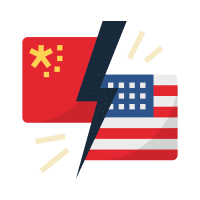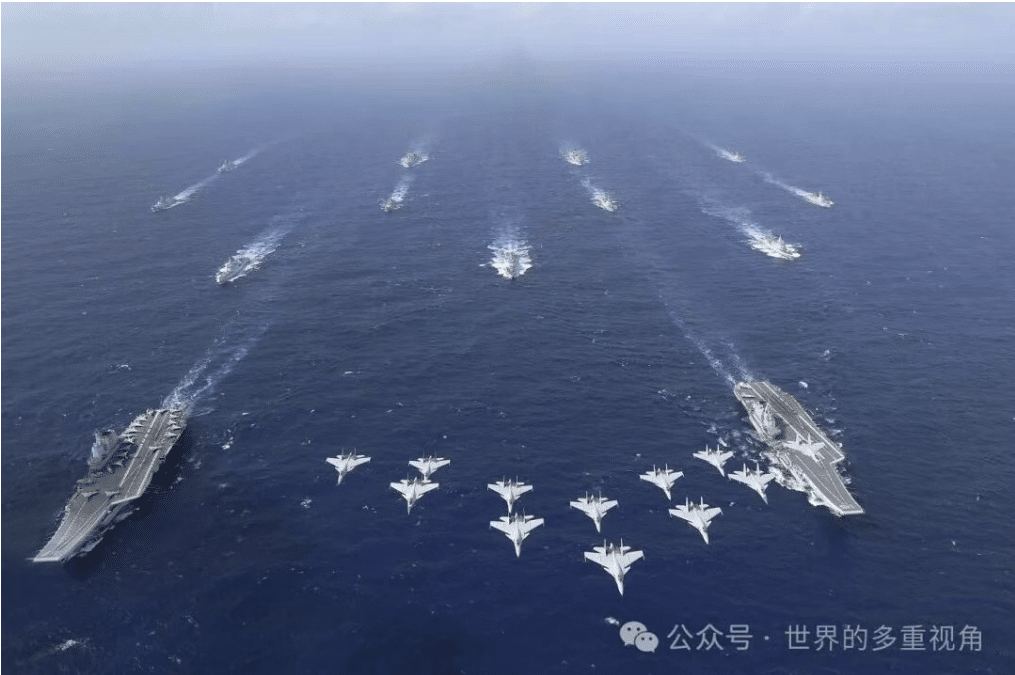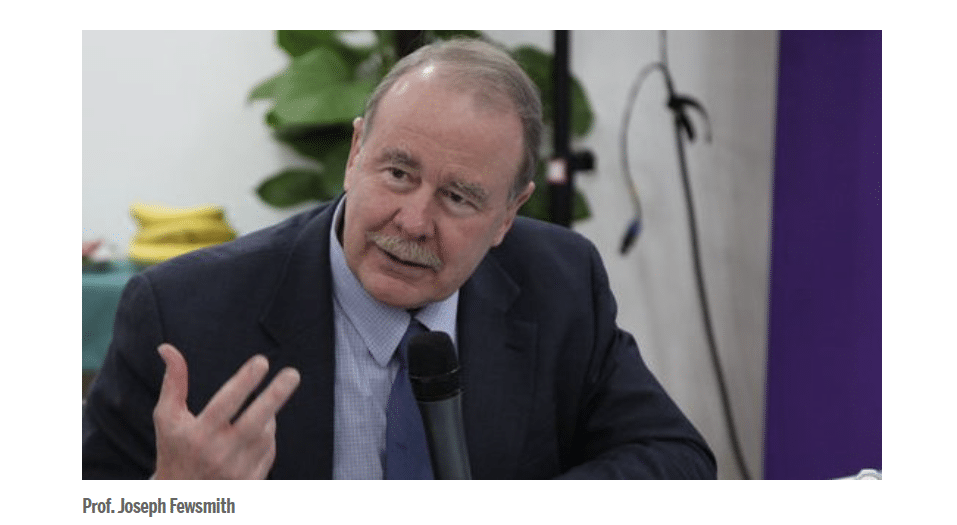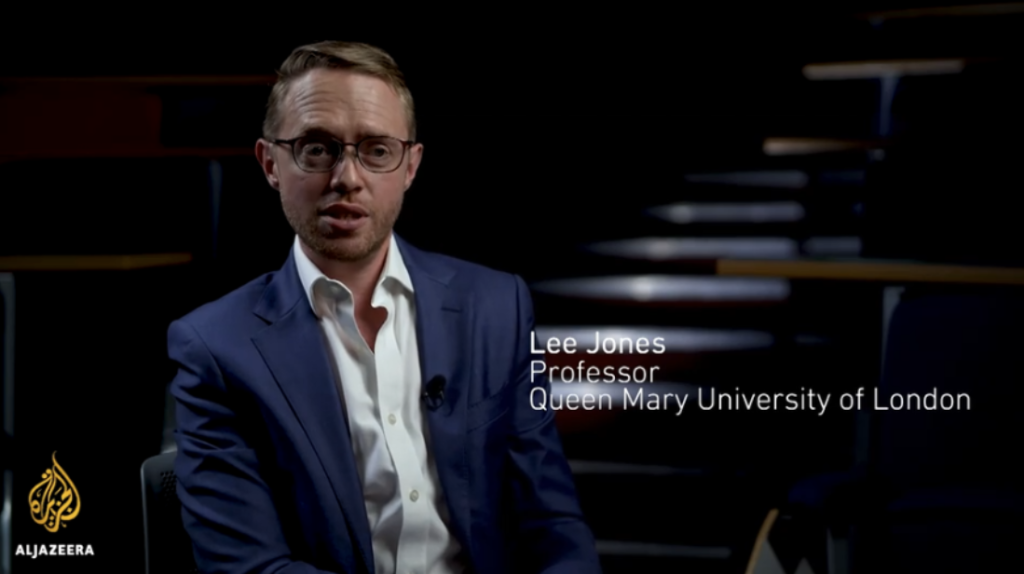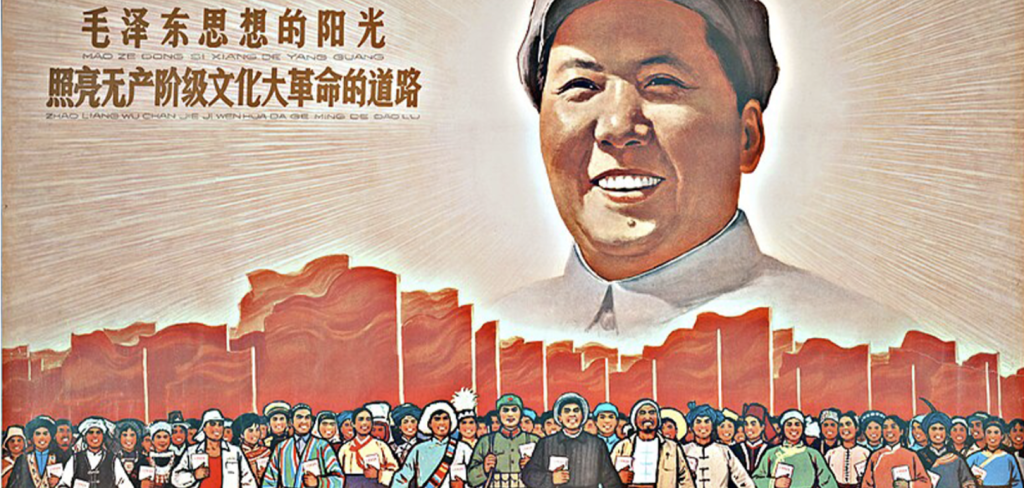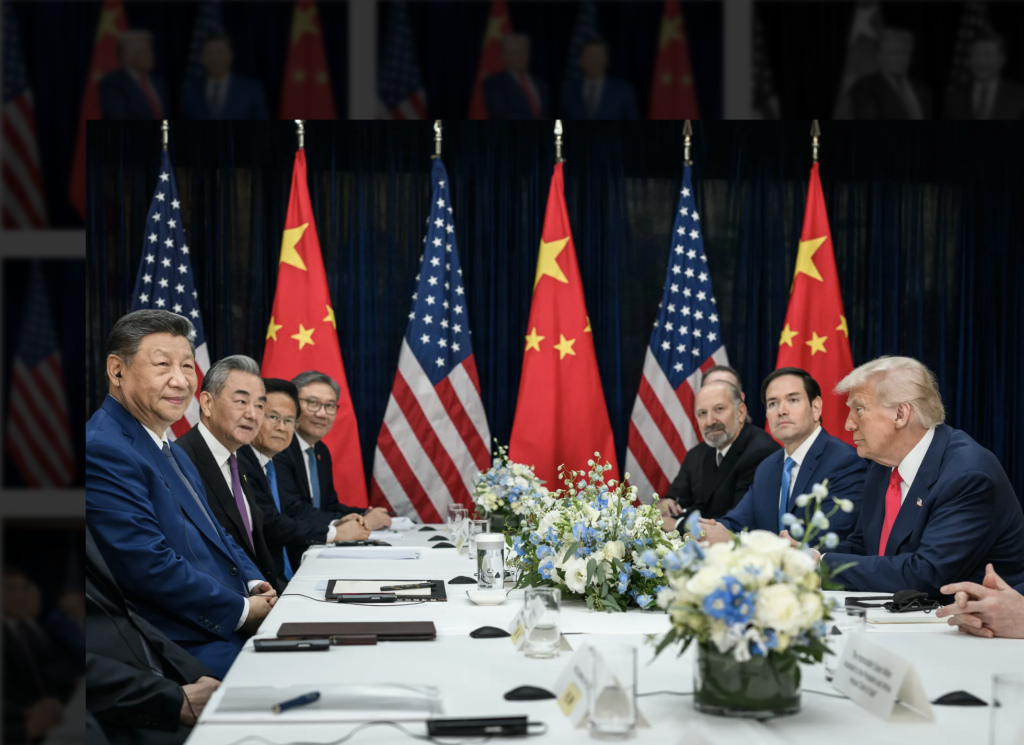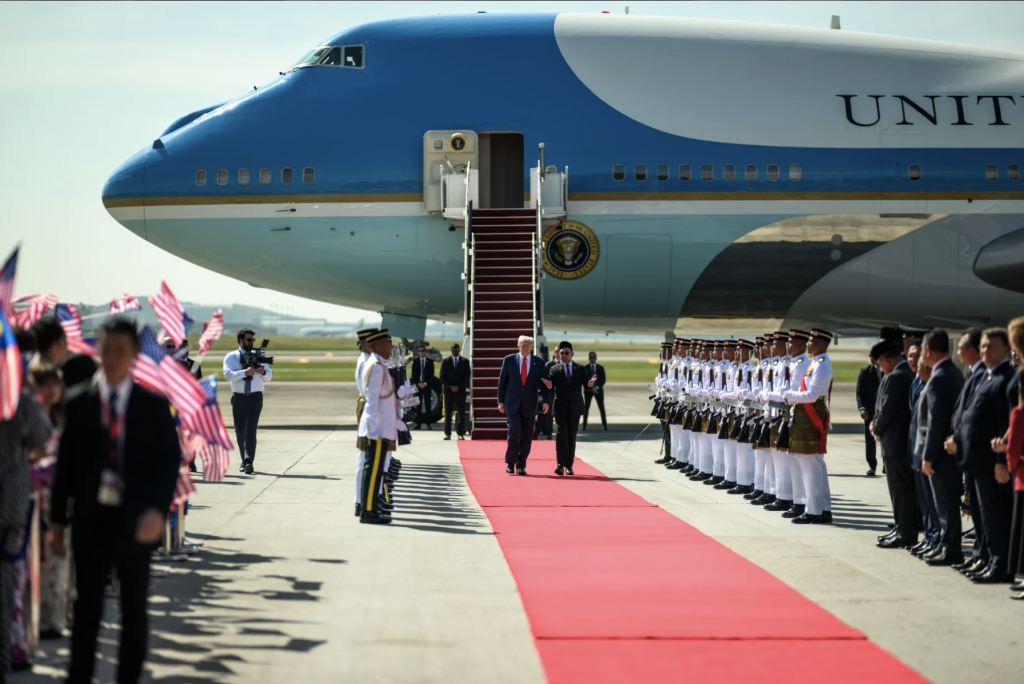How Capable Are the U.S. and Japan of Intervening in a Taiwan Conflict?
RECAP: Zhang Weiwei on Mao Zedong Thought
On June 13, about two weeks before the upcoming centennial anniversary of the Chinese Communist Party (CCP), Zhang Weiwei’s online talk show, “This is China” (这就是中国), released its 101st episode. This episode focuses on Mao Zedong Thought and its impact on China’s march from historical ‘backwardness’ to modern day glory. Zhang is a professor of international relations at the China Institute at Fudan University’s China Institute, and recent delivered the thirtieth collective study session of the Chinese Communist Party’s Politburo. Zhang began his recent episode by discussing Mao’s pivotal role in seizing power from the Nationalist Party (KMT) and establishing the People’s Republic of China in 1949. Zhang used three examples to illustrate the centrality of Mao Zedong’s leadership in CCP’s triumph.

First, Zhang highlights how Mao quickly responded to the KMT slaughter of CCP members during the April 12 Incident in 1927 by mobilizing China’s peasants. At the time, most CCP leaders still firmly believed that capitalism was a necessary stage in China’s development before Chinese society could transition to socialism. As a result, they adopted a policy that all resources should be dedicated to mobilizing industrial workers in urban centers and, furthermore, that it was important to cooperate with the KMT. Initially, Chinese socialist leaders believed it was a violation of cardinal principles of Marxism to work with peasants. However, Mao felt that the Chinese conditions were drastically different from those of Russia before the Bolshevik Revolution, and declared that the key to CCP victory was to use the countryside to encircle China’s urban centers. According to Zhang, this was one of the most important contributions of Mao to the eventual victory of the CCP.
The second example highlighted by Zhang was Mao’s firm conviction that “political power grows out of the barrel of a gun,” and that it was suicidal for the CCP to adopt a parliamentary approach to power. From the Nanchang Uprising in the wake of KMT’s 1927 crackdown to the rendezvous of forces led by Mao and Zhu De in Jinggangshan Mountain, and from the Long March in 1934 to forming the second United Front with the KMT in 1936, Mao’s strategy was to preserve and develop the military arm of the CCP. Without a strong military, Mao believed the KMT could annihilate the CCP at any time it desired.
The last example was Mao’s clear and bold vision that Japan could not be defeated until all social and political forces in China were united in a collective front. In Mao’s words, “Chinese workers, peasants, petty bourgeoisie, and national bourgeoisie should work together” against the Japanese invasion. This approach, once again, contradicted Marxist doctrine that only industrial workers were revolutionary enough to fight for eventual social and political equality in any country.
Afterwards, Zhang explained why Mao was able to lead the CCP through trials and errors into eventual ascendancy over the KMT: “Mao was not satisfied with ‘what ought to be,’” instead, Zhang argues, Mao “prioritized practice-oriented knowledge and established the great tradition of ‘seeking truth from facts.” Furthermore, Zhang argues that the CCP has since managed to follow Mao’s decision-making approach and successfully avoided numerous political and economic problems that had occurred in Western countries during their course of development. By practicing and incorporating multiple ideas, the CCP has developed a unique Chinese modernization model that was different from the West.
Zhang concludes his show by pointing out how profoundly Mao Zedong Thought has influenced China today. From Zhang’s perspective, one of Mao and the CCP’s most remarkable contributions was epic land reform, which eliminated wealth gaps between different classes and unified China “from the bottom to the top.” Zhang believed that this unitedness played a significant role during the pandemic. “The major difference between China’s success and America’s fiasco in combating the COVID-19 was that our society was organized at the grassroot level… In this crisis, we were able to maximize people’s direct participation (in combating the pandemic). The authority’s message went straight to the local level, to the public. Therefore, people knew what to do and how to do it immediately.” In addition to the United States, Zhang also compared China to India and commented that it was tragic to see how India was unable to handle the virus but its colossal failure was totally predictable. Many social problems such as land reform, women’s liberation, and the caste system were not resolved in India. “Unlike China, India did not have a ‘Mao Zedong’ to lead the reform to eliminate those problems. If the country was not unified, how could it truly become a modernized country?”

